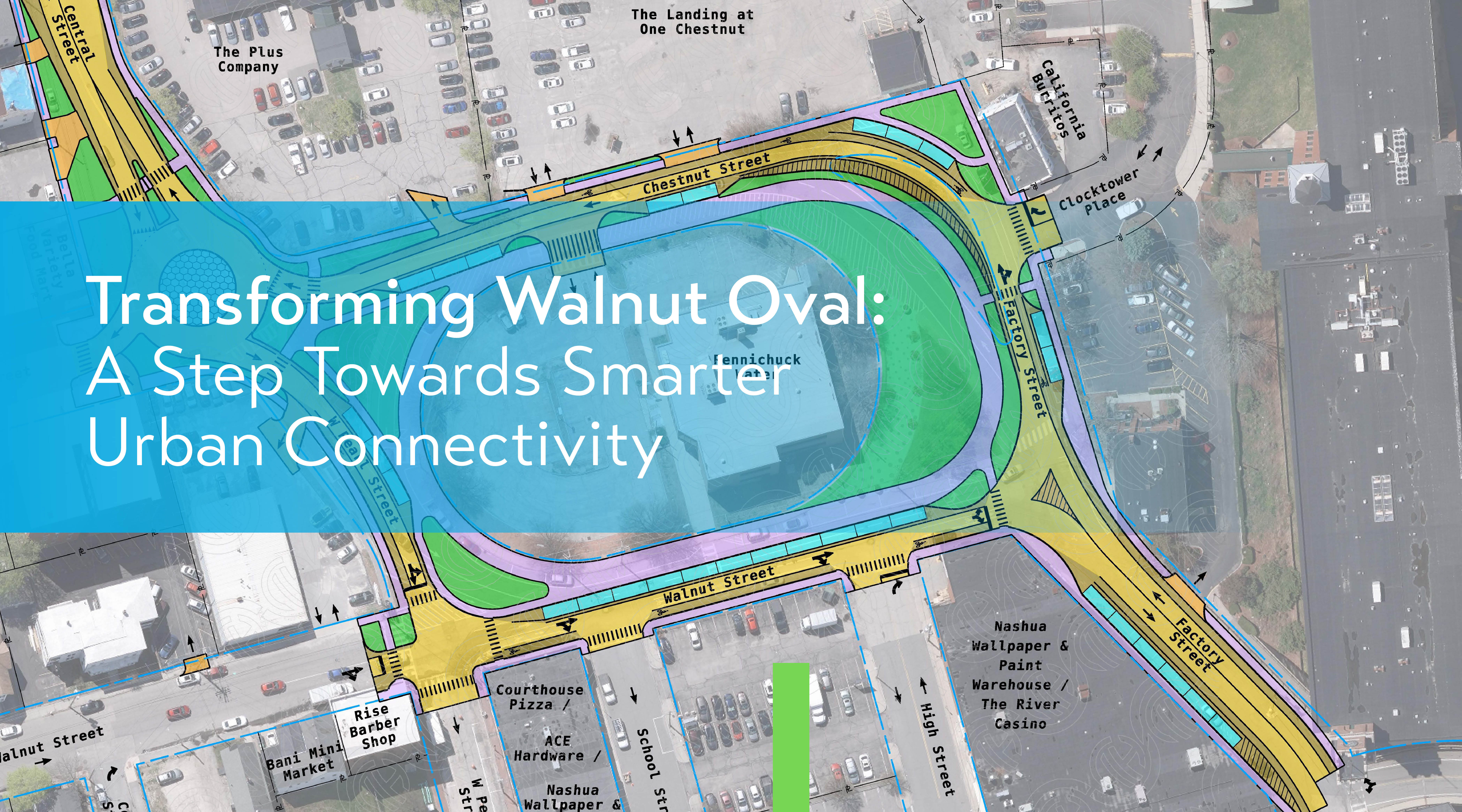Defining Environmental Permitting
When I describe my job and tell people I work in environmental permitting, it is apparent that this is not a typical job description they can easily categorize – a doctor or nurse heals people, a banker works with money, but what is environmental permitting? As a starter, the environment part of environmental permitting might be misleading to those who only think of the word environment as related to trees and animals. However, the word environment per our good friends at Merriam-Webster Dictionary is defined in two parts:
A: the complex of physical, chemical, and biotic factors (such as climate, soil, and living things) that act upon an organism or an ecological community and ultimately determine its form and survival
and
B: the aggregate of social and cultural conditions that influence the life of an individual or community
If we turn it around to read permitting for our environment, then it may be easier to understand, if less fluid to say, that environmental permitting covers all of the aspects of researching and documenting the physical, cultural, and social aspects of a project in the effort to hold project managers, land owners, and construction professionals accountable for what their work may or may not do to a specific set of environmental conditions. So yes, trees and wildlife, but also historic structures, archaeology, and economic diversity and justice.
While responsible stewardship of our environment, on a small and large scale, is a part of all of our lives, it is typically in response to federal, state and local rules, requirements or ordinances that the permitting part of environmental permitting takes place. Each project at Hoyle Tanner requires specific permitting to address a multitude of environmental factors to address the regulatory requirements specific to that project’s location or funding source. Our experienced team of permitting experts, engineers, and planners collaborates throughout all phases of a project to identify potential permitting constraints, engineering tradeoffs, and impacts to construction costs and schedules that may arise due to regulatory review.
3 Reasons it Matters
1. Global Citizenship. Perhaps the most obvious, permitting efforts protect the natural environment so that the projects we develop do not harm the physical, cultural, or social environment in which we all live, work, and play. What happens if a team is building a bridge in a new location, or moving an existing bridge down the river? There is potential for disturbing the existing grasses, insects, wildlife, fish, and people that use that area every day.
 For example, what happens when you’re about to start construction and there are endangered plants around the project site? Our team can review the data and make a determination on whether or not a species could be transplanted locally to ensure survival and protection.
For example, what happens when you’re about to start construction and there are endangered plants around the project site? Our team can review the data and make a determination on whether or not a species could be transplanted locally to ensure survival and protection.
Or what happens when geese fly too close to an airplane taking off from a runway or deer run across a taxiway? Our permitters have to consider the wildlife just as much as the safety of humans around them.
2. Regulatory Compliance. Depending on your position, this can sometimes feel like the harder side of the business, the carrot-and-stick, offering to protect a resource versus protecting it because one is forced to. Like it or not, the rules and regulations in place have to be addressed to ensure that all projects sufficiently identify and protect the resources that are vital to our lives. Can this be tricky to complete sometimes? Sure, but that is why our team is good at anticipating and working through conflicts so that they do not bog down a schedule or cause budgetary issues. For example, when a potential hidden graveyard was identified within the limits of a road project, we worked with an experienced team to identify if any remaining graves were within the project area – see our blog here – spoiler alert, there were none!
3. Change Happens. The one constant in human advancement is that communities are constantly changing; connecting current actions to our past is important for this reason. It may seem like environmental permitting focuses only on the present day, but reviewing records from the past is an integral part of understanding how the landscape has changed and what the ecosystem needs. Permitters review data of riverbed changes, lake boundary shifts, and species that are no longer in an area, among other factors.
 In 2021, our permitting team was working on a bridge replacement project where they had to review the shoreline of a lake. While it seemed simple to answer, figuring out where the shoreline should be identified didn’t start and stop at the waterline and actually became quite the mystery. Read our blog to find out if this mystery was solved!
In 2021, our permitting team was working on a bridge replacement project where they had to review the shoreline of a lake. While it seemed simple to answer, figuring out where the shoreline should be identified didn’t start and stop at the waterline and actually became quite the mystery. Read our blog to find out if this mystery was solved!
We’re Here to Help
There are many moving pieces and coordination elements that go into an engineering project; we give you one less thing to worry about. Our team is thorough in our research and dedicated to protecting all aspects of the environment around our projects. Do you need conscientious and caring environmental permitters for your project? Reach out to me for comments or questions!
*It’s Hoyle Tanner’s 50th anniversary this year! Keep an eye on our Facebook, LinkedIn, and Twitter feeds for articles and anniversary news!










